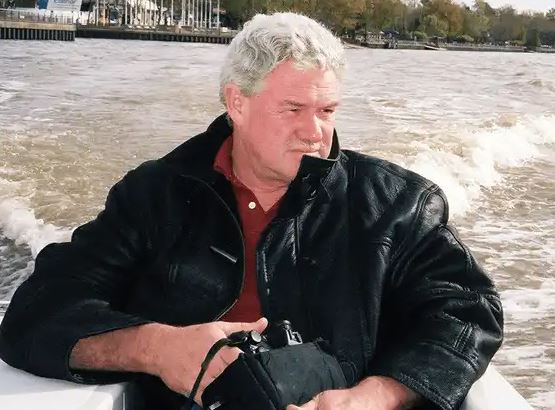The fallout of a massive fraud scheme by Marin investment managers has resulted in a $436.5 million sale of North Bay properties.
The sale involved 60 sites formerly controlled by Professional Financial Investors Inc. and its associated fund, Professional Investors Security Fund Inc. The principal, Ken Casey of Novato, died in 2020.
The properties, amounting to more than 1.4 million square feet, were sold off last month in federal bankruptcy court. They properties range from 3,500 square feet to 85,000 square feet, including 935 residences and approximately 680,000 square feet of commercial space.
“It’s one of the biggest portfolio sales in our county’s history,” said Haden Ongaro, executive vice president with the Newmark Knight Frank real estate firm.
At the height of the scam, Casey and business associate Lewis Wallach had accumulated 80 large properties: 29 in Novato, 10 in Sonoma and the remainder scattered throughout Marin.
Wallach pleaded guilty to federal fraud charges in 2020. He admitted to being aware that the companies had ceased to be profitable, but continued to obtain properties and assure investors of their financial stability. The companies took on new investors whose payments were used to pay interest to existing investors.
All 60 of the properties sold in bankruptcy went to two affiliated Bay Area-based national real estate firms, Hamilton Zanze and Graham Street Realty, and a New York-based investment firm, Davidson Kempner Capital Management.
“We look forward to investing over $50 million of capital into these properties, which are located in our own communities,” said Ashlee Cabeal, chief financial officer of Hamilton Zanze.
More than half of the $50 million is slated to be invested in the portfolio’s residential properties.
The bankruptcy sale disappointed some of the 1,300 investors in the Ponzi scheme, most of whom are Marin residents.
“There have been a lot of questions that have been asked and never answered about the marketing of the property portfolio,” said Betsy Alberty, who lived in Marin before retiring to Port Angeles, Washington, in 2018.
Alberty said that in July 2020, the remaining assets were estimated to be worth $555 million.
“That’s over $100 million that vaporized in a year,” she said.
The eventual buyers of the property were selected to submit a so-called “stalking-horse bid.” In bankruptcy sales, an entity is typically chosen from a pool of bidders to make the first bid on remaining assets. This stalking-horse bid is used as minimum valuation with the expectation that subsequent bids will be higher. In this case, however, there were no higher bids.
Some investors have also questioned the wisdom of lumping the commercial and residential properties together into a single package, particularly since the value of commercial properties took such a hit because of the COVID-19 pandemic.
Alberty, who invested $250,000 in Casey’s scheme, said she was one of the smaller investors.
“A large number of investors are seniors who can’t work anymore, who lost big chunks of their retirement savings,” Alberty said.
Alberty said the investors were also surprised by the way the professional fees associated with the bankruptcy piled up.
“We were told in the beginning that the fees were going to be $10 million to $15 million,” Alberty said. “At the end of the process, we’re looking at $30 (million) to $40 million in fees to the professionals.”
Alberty said some investors, including herself, also believe that other people besides Casey and Wallach were complicit in the conspiracy.
“We have unindicted co-conspirators who are still living high on the hog,” Alberty said. “They are living in homes that were purchased by the company.”
“Basically, they haven’t had to give up their lifestyles,” she said, “while many of the 1,300 investors have lost homes. They’ve gone on food stamps. There are people who have died from the trauma of this Ponzi scheme.”
Andrew Hinkelman, senior managing director for FTI Consulting based in Troy, Michigan, who was chief restructuring officer in the bankruptcy proceeding, declined to comment.
But a legal declaration by Gregory Gotthardt, also a senior managing director at FTI, detailed the portfolio sale process and marketing efforts.
Gotthardt wrote that “FTI logged more than 70 hours of direct telephone contact reaching out directly to more than 80 potential buyers.”
“Many investment groups rejected the portfolio as ‘non-institutional,’ meaning that the properties were insufficient in size and quality to meet their investment criteria,” he wrote.
Gotthardt said other investment groups lost interest due to adverse conditions such as low occupancy due to COVID-19, deferred maintenance and flood issues.
“FTI’s analysis indicated that the portfolio’s likely market pricing was significantly less than indicated by a host of pre-bankruptcy broker price opinions that had been obtained by the previous chief restructuring officer,” which pegged the value of the portfolio at between $543 million and $567 million, he wrote.
“It became apparent that the firms that issued the broker price opinions had little or no detailed information about the true operating performance of the properties,” he wrote.










